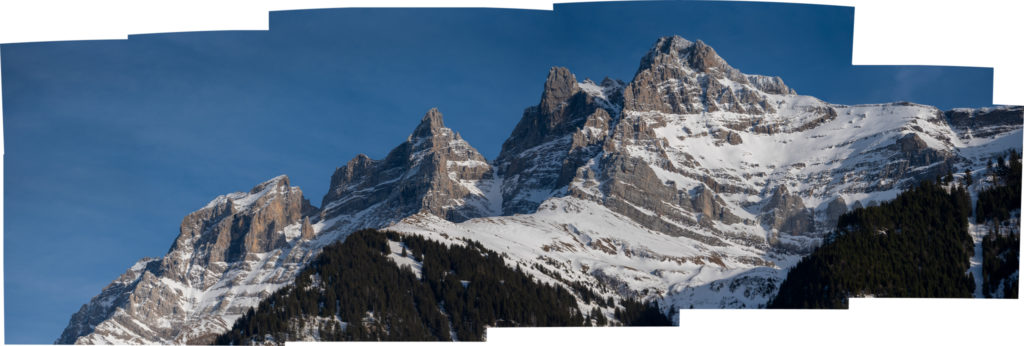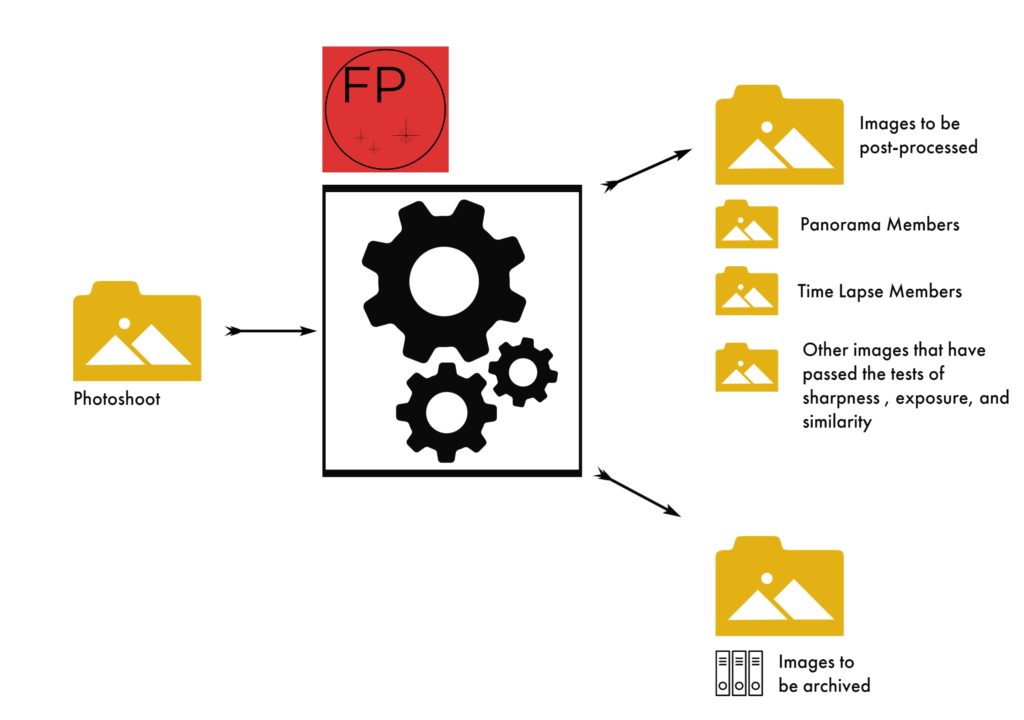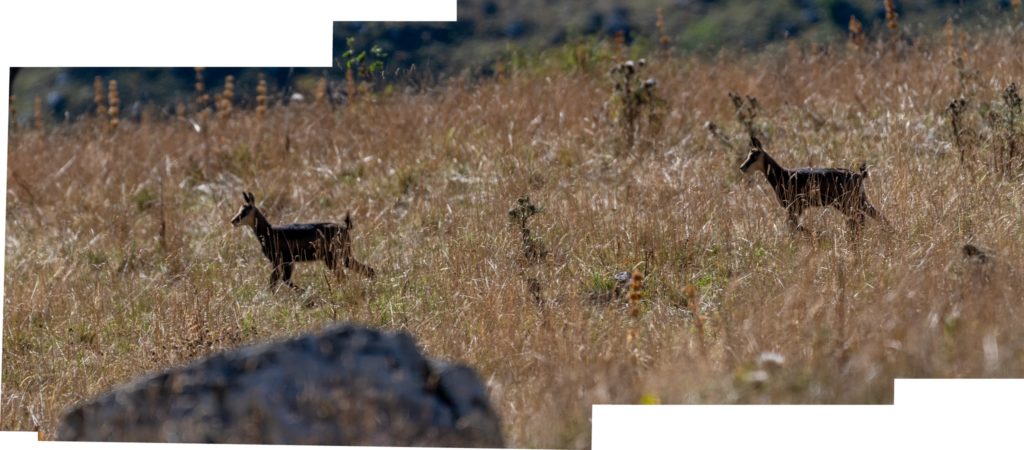Introduction
Smartphones can automatically stitch panorama members quickly and efficiently. And for many purposes, this is all you need. But some photographers like to shoot first, using RAW files for instance, and merge the images later with specific software. It could be Hugin, Photoshop, Lightroom, whatever. However, they do need to process this workflow through different steps.
If the photoshoot is made of only a few dozens of images, it is straightforward to identify the panorama members and start to stitch them. However, when the photographer comes back from the shoot with several hundreds, if not more, of photos, as we will see later this post, it can be a different story.
Futura Photo, a software that is automating the steps needed to your photoshoot before post-processing (like culling), is also automatically detecting the members of a panorama. It does not stitch them; it is just grouping the members of panorama in the same sub-folder after having applied the result of the analysis. This post is explaining the added value of this features and how it works.


So, what’s the point?
When you shoot hundreds of images a day, just a few days travelling without being able to cull your photos will make your culling much more challenging. Do you remember exactly which images have been part of a panorama? This can be very true when you shoot panoramas made of different rows for instance. I can remember several cases where I have missed some images, mixing them with poor quality images (like in the panorama above). Indeed, most photographers will agree that they will only keep 10 to 20% only of the overall images they are shooting. Again, it is easier than what people think to miss some panorama members.
It is also more pleasant to be sure that all images are panorama members when you start to stich them and you don’t have to ask why you shot these images, you are sure they are just members of panoramas.
How it works
Futura Photo can detect images members of panorama and will move them to the same sub-folder, where all images will be panorama members.
The workflow is straightforward:
- Upload images
- Let Futura Photo analyse the set of images and detect panorama members
- Check the results:
- a couple of members might be forgotten in some corner cases
- Some images can be members of a panorama but were not shot to create a panorama
- Apply the results
- Start to stitch images in the dedicated folder containing only panorama members with another software of your choice

What does “Some images can be members of a panoramas but where not shot to create a panorama” mean? Well, in some cases, you did not want to create a panorama but as a matter of fact, some images can be stitch together. Is it a problem? Maybe not and in that case, you will even be happy to have the software telling you that it is a panorama. But in other cases, there is no reason to stitch them, even if they can be stitched. So, it makes more sense to “unflag” the images and not move them to the panoramas’ subfolder.


That’s why there is a time condition to state whether an image is part of not of a panorama: if images are shot in less than typically 0.5 s or after more than something around 7 to 15s, there are unlikely to be panorama members. They can be members of a burst or of something totally different. But they are not panorama members. That’s why these parameters can be changed into the software depending on the needs of the photographer.
Don’t hesitate to contact me if you have questions or want to know more about automation of the photo-culling.
Disclaimer: I am the founder of Futura Photo and I am managing its parent company, Camera Futura.